Tides & History of Physics
PDF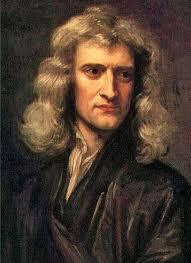
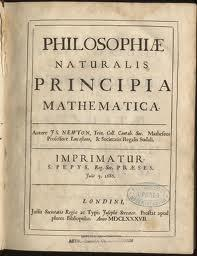
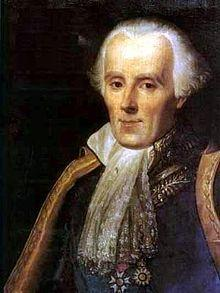
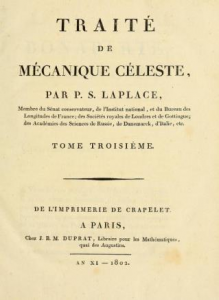
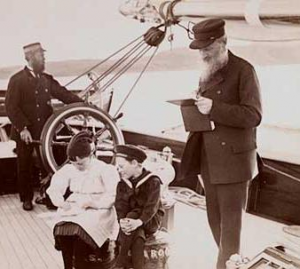
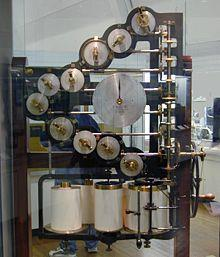
Tidal theory has closely followed the progress of physics. Isaac Newton (1643-1727) (a) presented the first modern theory in his seminal work on modern physics Philosophiae Naturalis, (b).
Pierre-Simon de Laplace (1749-1827) (c) uses Newton’s laws with more elaborate mathematical tools in his famous “Traité de mécanique céleste“, written in 1800 (d). Tides are treated as oscillations of a thin layer of water on the sphere. His equations take into account the Earth’s rotation, effects interpreted later (in 1835) in terms of fictitious force by Gustave Coriolis (1792-1843).
The mathematical structure of these equations was then analysed by the great mathematician Henri Poincaré (1854-1912), while William Thomson (1824-1907), better known as Lord Kelvin (on his yacht, photo e), source (http://digital.nls.uk/scientists/biographi es/lord-kelvin/), was behind the first calculating machines for tide prediction. These machines add the effects of different astronomical periods through corresponding mechanical gear (photo on the right, source Science Museum in London). The prediction is limited to a specific location after proper calibration.
These analog machines were only replaced by digital computers in the 1960s. Then the water height and velocity fields are computed by solving the fluid dynamics equations. Tidal research remains relevant due to the needs of altimetry satellites and links to the general circulation and vertical mixing of the Ocean.




